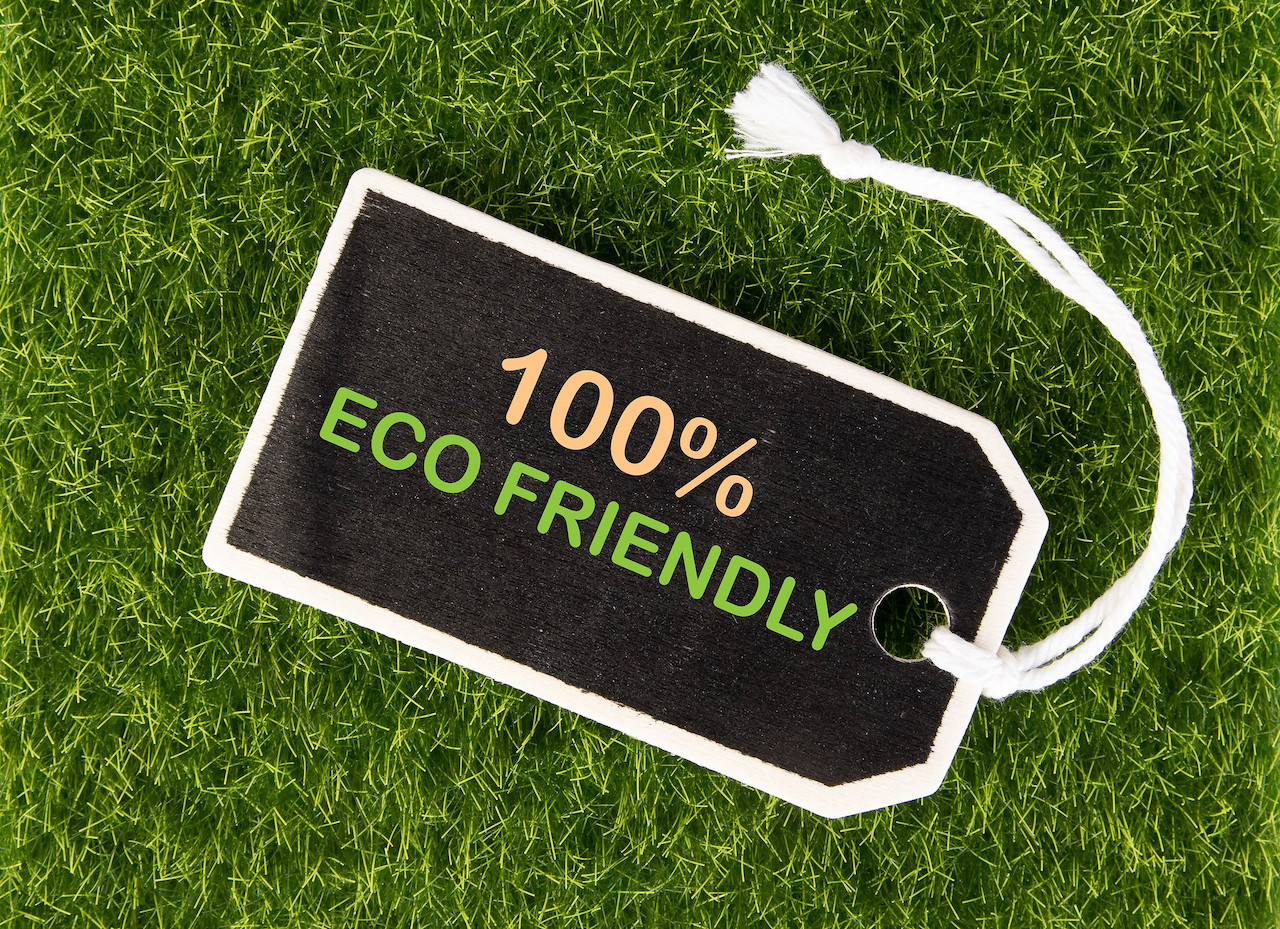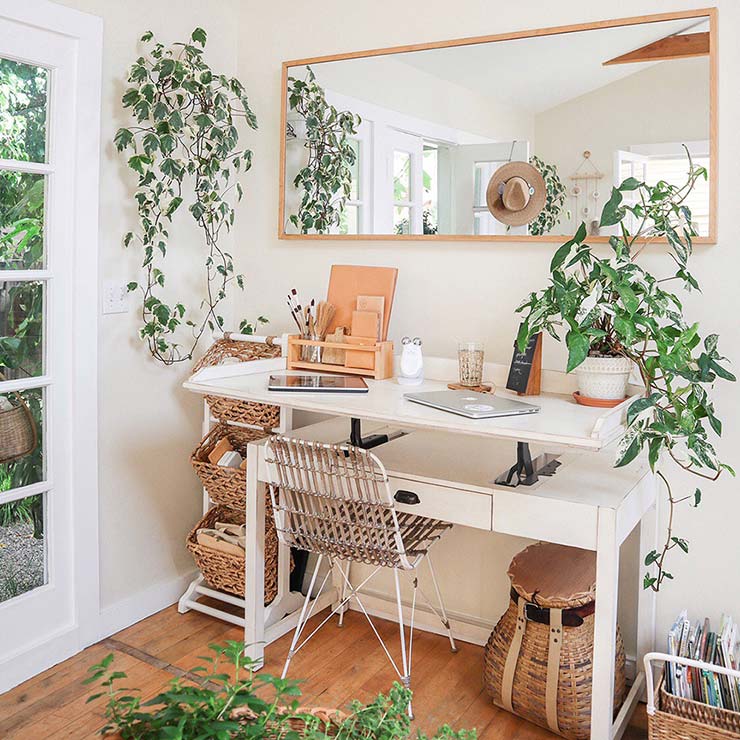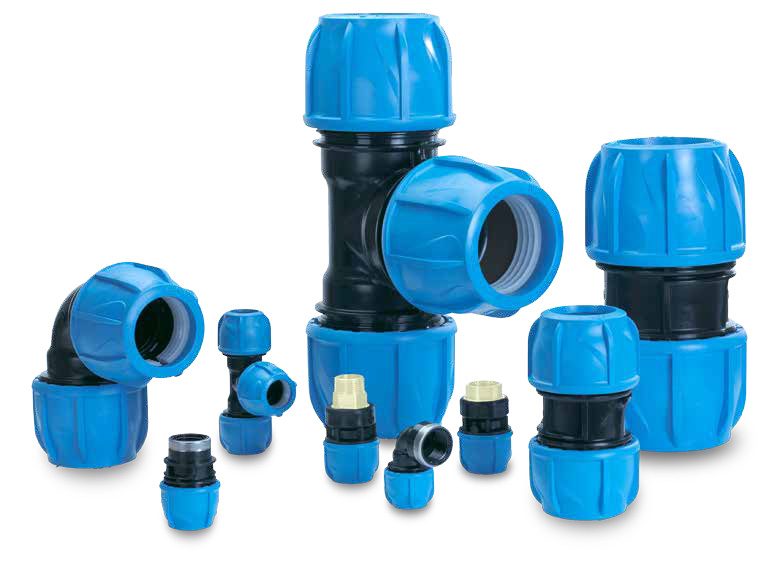Green Pest Prevention: Eco-Friendly Strategies for a Healthy Home
Introduction: As environmental consciousness continues to grow, the emphasis on environmentally friendly pest prevention has…


Introduction:
As environmental consciousness continues to grow, the emphasis on environmentally friendly pest prevention has become a focal point for those seeking a harmonious living space. This article explores sustainable strategies that not only keep pests at bay but also contribute to a healthier and eco-friendly home.
Integrated Pest Management (IPM):
At the core of environmentally friendly pest prevention is Integrated Pest Management (IPM). This holistic approach combines biological controls, cultural practices, and minimal pesticide use. IPM aims to manage pests in a way that minimizes environmental impact while ensuring effective and long-term prevention.
Natural Repellents and Essential Oils:
One key aspect of environmentally friendly pest prevention is the use of natural repellents and essential oils. Substances like peppermint, citronella, and neem oil are known for their pest-deterring properties. Incorporating these natural solutions into cleaning routines and around entry points can act as a powerful deterrent.
Sealing Entry Points and Habitat Modification:
Preventing pests from entering the home is a foundational principle of environmentally friendly pest prevention. Sealing entry points such as cracks and gaps in walls and windows reduces the likelihood of infestations. Additionally, modifying the habitat around the home by eliminating standing water and maintaining cleanliness disrupts pest breeding grounds.
Beneficial Insects and Biological Controls:
Encouraging the presence of beneficial insects is a sustainable practice for pest prevention. Ladybugs, predatory beetles, and parasitic wasps are natural predators that help keep pest populations in check. Creating an environment that supports these beneficial insects contributes to a balanced and eco-friendly ecosystem.
Organic and Natural Pesticides:
In cases where intervention is necessary, opting for organic and natural pesticides is a more environmentally friendly approach. These pesticides are derived from natural sources and break down more rapidly, minimizing their impact on the environment. Selective and targeted use ensures effective pest control without unnecessary harm.
Maintaining a Clean and Dry Environment:
A clean and dry living environment is fundamental to pest prevention. Regular cleaning, proper waste management, and promptly fixing leaks reduce attractants for pests. A well-maintained space not only deters pests but also promotes overall well-being.
Educational Outreach for Sustainable Practices:
Promoting environmentally friendly pest prevention extends to educational outreach. Informing communities about sustainable pest management practices, the importance of reducing pesticide use, and the benefits of eco-friendly alternatives empowers individuals to make conscious choices for a greener living space.
Natural Pest-Resistant Plants in Landscaping:
Incorporating natural pest-resistant plants into landscaping is a proactive approach to pest prevention. Plants like lavender, marigold, and rosemary not only add beauty to outdoor spaces but also naturally repel pests. Strategic placement of these plants around the home creates a protective barrier against invading pests.
Composting and Organic Waste Management:
Proper composting and organic waste management contribute to environmentally friendly pest prevention. Keeping organic waste in sealed compost bins and using it properly in the garden helps avoid attracting pests. This sustainable practice also enriches the soil and promotes a healthier ecosystem.
Linking to Environmentally Friendly Pest Prevention:
Explore effective strategies for environmentally friendly pest prevention at Environmentally Friendly Pest Prevention. Discover how these methods not only safeguard your home against pests but also contribute to a more sustainable and eco-conscious living environment. Embrace green pest prevention for a harmonious home.
Conclusion:
Environmentally friendly pest prevention is not just a practical necessity but a commitment to coexisting with nature in a sustainable way. By adopting these eco-friendly strategies, individuals can create living spaces that are not only pest-resistant but also contribute to the overall health of the environment. Making conscious choices in pest prevention is a step towards a greener and more harmonious home.







